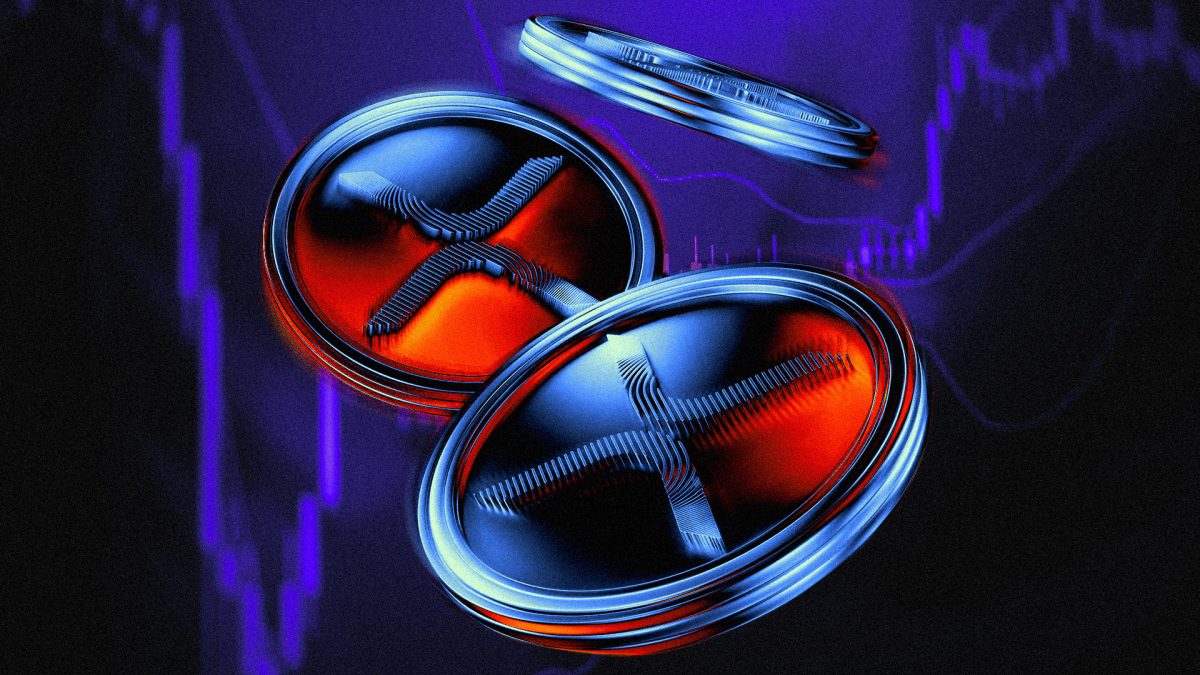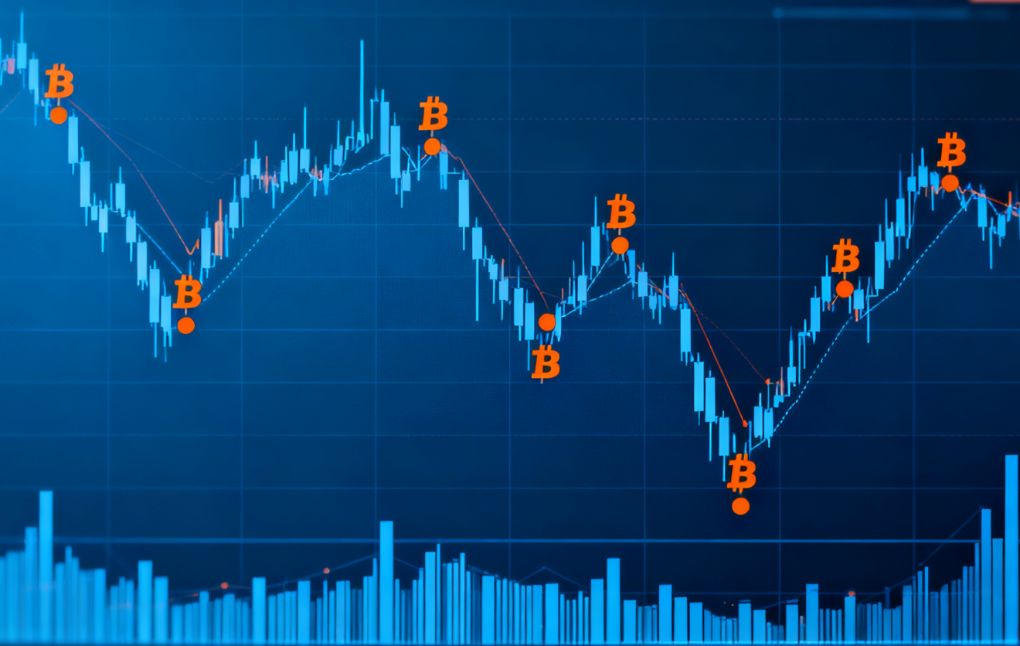Amplify launches XRP covered-call ETF targeting 3% monthly income
Quick Take Amplify’s new XRPM fund offers XRP price exposure and targets a 36% annual option premium through weekly covered calls. The actively managed ETF aims to balance income and capital appreciation without directly investing in XRP.

Amplify ETFs, which oversees more than $16 billion in assets under management, has launched the Amplify XRP 3% Monthly Premium Income ETF (XRPM), introducing what the firm calls the first XRP-based option income ETF.
The fund is the newest addition to Amplify's YieldSmart suite, a lineup of covered-call options-based products designed to pair income generation with partial growth exposure.
Covered calls generate income by selling call options against a portfolio's underlying holdings, trading some upside for steady premiums. A call option is a financial contract that gives the buyer the right, but not the obligation, to buy an asset at a fixed price before a set expiration date.
XRPM targets a 36% annual option premium and aims for 3% monthly income, while still capturing some weekly XRP upside. It seeks to achieve this by writing weekly out-of-the-money call options on 30% to 60% of the portfolio's XRP exposure while leaving the remaining 40% to 70% unhedged for "unlimited" upside potential. Notably, the fund does not invest directly in XRP.
"Amplify is excited to expand our crypto-linked YieldSmart lineup and join the XRP ecosystem with a first-of-its-kind product," Amplify ETFs CEO Christian Magoon said in a statement shared with The Block. "With XRPM, investors gain access to an innovative approach that combines high option premium income with meaningful weekly upside tied to one of the world's most established digital assets."
The actively managed fund carries a 0.75% expense ratio and distributes income monthly. Amplify Investments serves as the investment adviser, with Kelly Strategic Management and Penserra Capital Management acting as sub-advisers.
XRP ETF momentum
XRP is the fourth-largest cryptocurrency with a market cap of $132 billion, according to The Block's XRP price page . It serves as the native asset of the XRP Ledger, an open-source blockchain designed for speed, scalability, and low-cost global payments.
Last Thursday, Canary Capital launched the first standard spot XRP ETF on Nasdaq under the ticker XRPC, giving U.S. investors direct exposure to the cryptocurrency.
Nasdaq certified and approved XRPC for listing despite the recent government shutdown, using SEC guidance that lets crypto ETF S-1 filings go effective without delaying amendments as long as they meet the agency's new generic listing standards.
XRPC generated over $58 million in day one trading volume, surpassing Bitwise's recent spot Solana ETF launch to mark the biggest debut for an exchange-traded fund this year among nearly 900 launches. It has attracted $268.5 million in net inflows so far, per SoSoValue data.
Other asset managers, including Bitwise, 21Shares, WisdomTree, and Grayscale, have also proposed similar XRP ETFs .
REX Shares previously launched a non-standard-route U.S. XRP ETF, XRPR, under a different legal structure in September that holds XRP directly while allocating at least 40% of its assets to other XRP-related ETFs.
Disclaimer: The content of this article solely reflects the author's opinion and does not represent the platform in any capacity. This article is not intended to serve as a reference for making investment decisions.
You may also like
Fed rate cut expectations cool, global assets face a test

Negative Basis Conceals Mystery: Is a Bitcoin Bottom Signal Emerging?

The Final Chapter After Seven Years: Why Did the Fall of DappRadar Shake the Entire Web3?
The well-known decentralized application data platform DappRadar has announced the cessation of operations due to financial unsustainability and issues with its business model. The price of its token, RADAR, has plummeted, and the decline in the GameFi and NFT industries has led to a sharp decrease in revenue. Summary generated by Mars AI This summary was generated by the Mars AI model; the accuracy and completeness of its content are still being iteratively improved.


